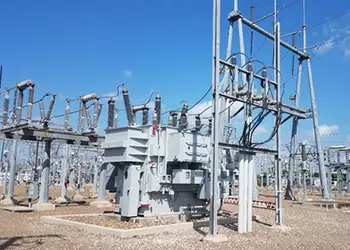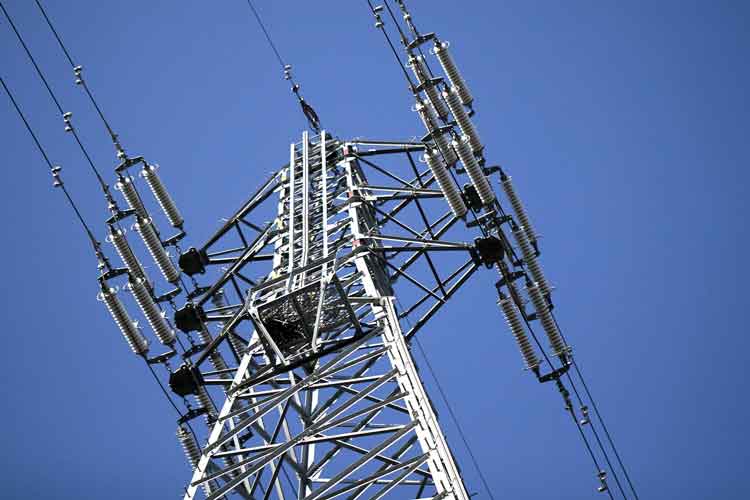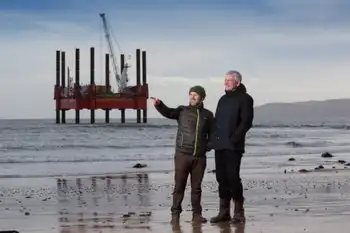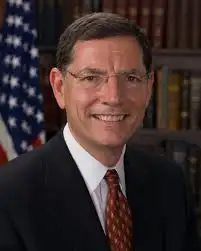Lepreau hearings focus on seismic safety
By Saint John Telegraph Journal
Substation Relay Protection Training
Our customized live online or in‑person group training can be delivered to your staff at your location.

- Live Online
- 12 hours Instructor-led
- Group Training Available
On the first of two days of public hearings, seismic safety played a central role as NB Power applies for approval to reload fuel and restart the refurbished Point Lepreau plant some time next fall.
Canadian Nuclear Safety Commission president and CEO Michael Binder began the hearings at the Delta Brunswick Hotel on Thursday by acknowledging the shadow the Japanese disaster has cast over nuclear safety around the world.
"The triple catastrophe in Japan will have a bearing on this hearing," he said.
Binder added that the economic impact of the facility will not play a role in the decision of the politically independent commission, which is expected to come in six weeks.
He said the health and safety of the public and environmental considerations are the major factors as to whether NB Power will be given permission to restart the plant after more than four years of refurbishment work.
Officials with NB Power, emergency preparedness in the province and a seismologist from Natural Resources Canada reassured the public that Point Lepreau was safe, and not at high risk of a meltdown caused by an earthquake.
Wade Parker, the station director at Point Lepreau, said earthquakes were considered in the original design when the plant was built in the late 1970s, and described it as "seismically robust."
The refurbishment, originally scheduled to take 18 months and cost $1.4 billion, has suffered from several delays, but it is expected to finally be finished next fall and $1 billion over budget.
NB Power estimates that the refurbishment will extend the life of the plant for 25 to 30 years after it returns to service.
John Adams, an NRC seismologist, said major earthquakes in Eastern Canada are extremely rare, with only minor quakes rocking the province from time to time.
He said a 6.2 magnitude quake would be of concern to Point Lepreau, but he said according to measured and historical data, no temblors that size have been felt in this part of the country in the last several hundred years.
The largest quake ever measured in Eastern Canada was in the Charlevoix region north of Quebec City, which has experienced two quakes over magnitude 6.0, the last more than 80 years ago.
Nuclear plants in Canada are expected to be prepared for a 1 in 10,000 year quake, making Point Lepreau an extremely safe location for a facility, since New Brunswick is an area of extremely low seismic activity.
One voice of dissent came from Paula Tippett from the Saint John chapter of the Council of Canadians.
Her group opposes the restart of Point Lepreau for several reasons, including environmental concerns. However Tippett also cited seismic activity brought about by hydro-fracking in the exploration for natural gas in the province.
"We want to make sure studies into earthquake activity around injection wells are looked at closely," she said.
Adams said earthquakes from hydro-fracking are believed to be minor, and only occur near where exploration is taking place.
Current exploration leases show injection wells, if used, would likely be drilled no nearer than 70 kilometres away, in Quispamsis, too far away to cause any issues, said Adams.
Raj Jaitly, a consultant with CANDU Energy who also worked with the NB Power safety group when Point Lepreau was first brought online in 1983, said the plant is ahead of the rest of the nuclear facilities in the country.
"It is the first to conduct a complete seismic study in Canada," he said.
Jaitly said the lengthy refurbishment of the plant probably worked to the advantage of safety planners because as they upgraded systems, lessons learned from the Japan disaster could then be implemented into the new Point Lepreau design.
"People who know nuclear energy are not concerned," he said. "There are several levels of defence that will prevent a major disaster in this plant."
Rod Eagles, deputy chief nuclear officer with NB Power and the refurbishment director, said the nuclear industry is very progressive when it comes to safety. And he said the work at Point Lepreau will provide New Brunswick with safe electricity for several more decades when it goes back online.
"The refurbishment allowed us to find opportunities to make the plant as safe as possible," he said. "And safety became even more prominent post-Fukushima."











